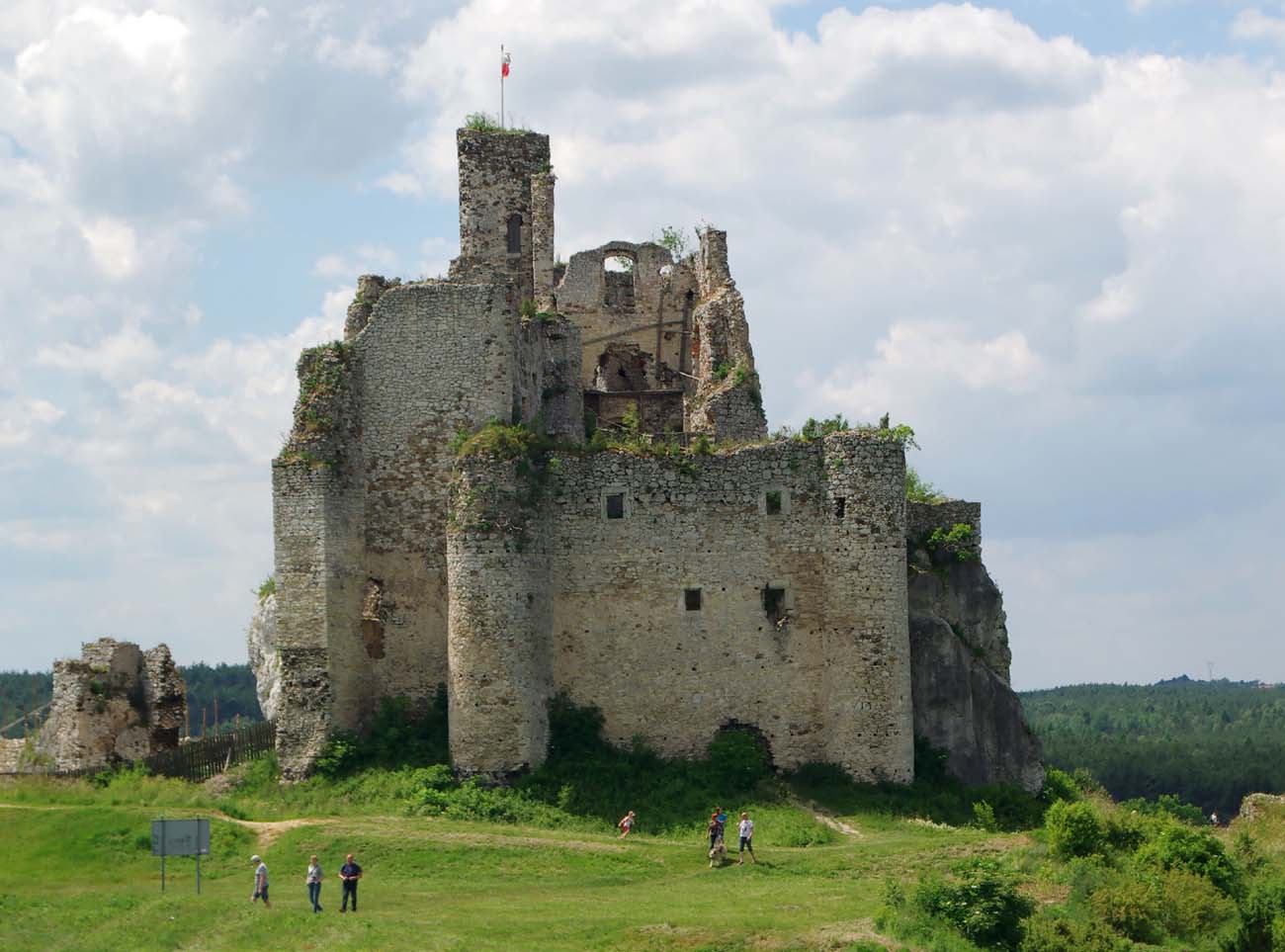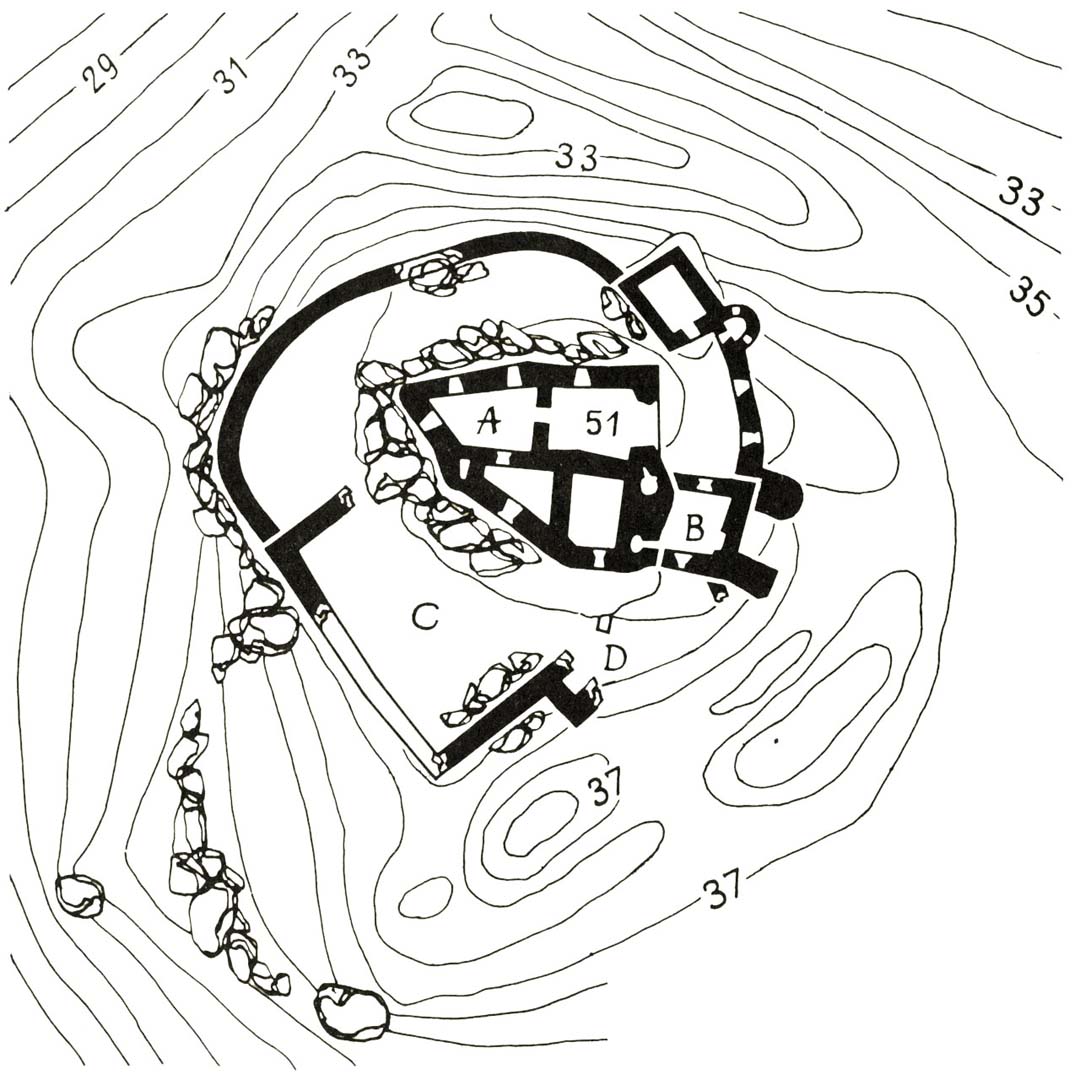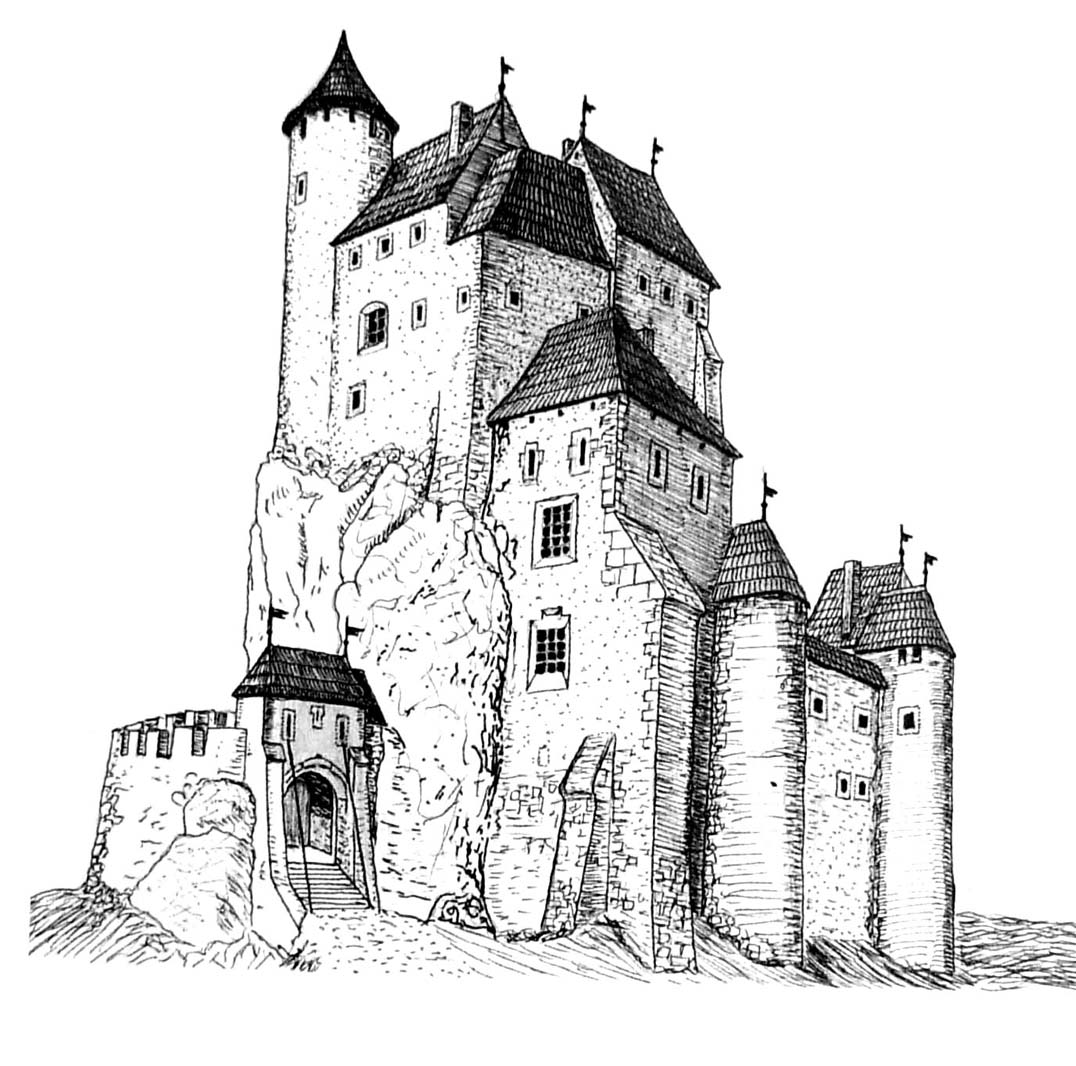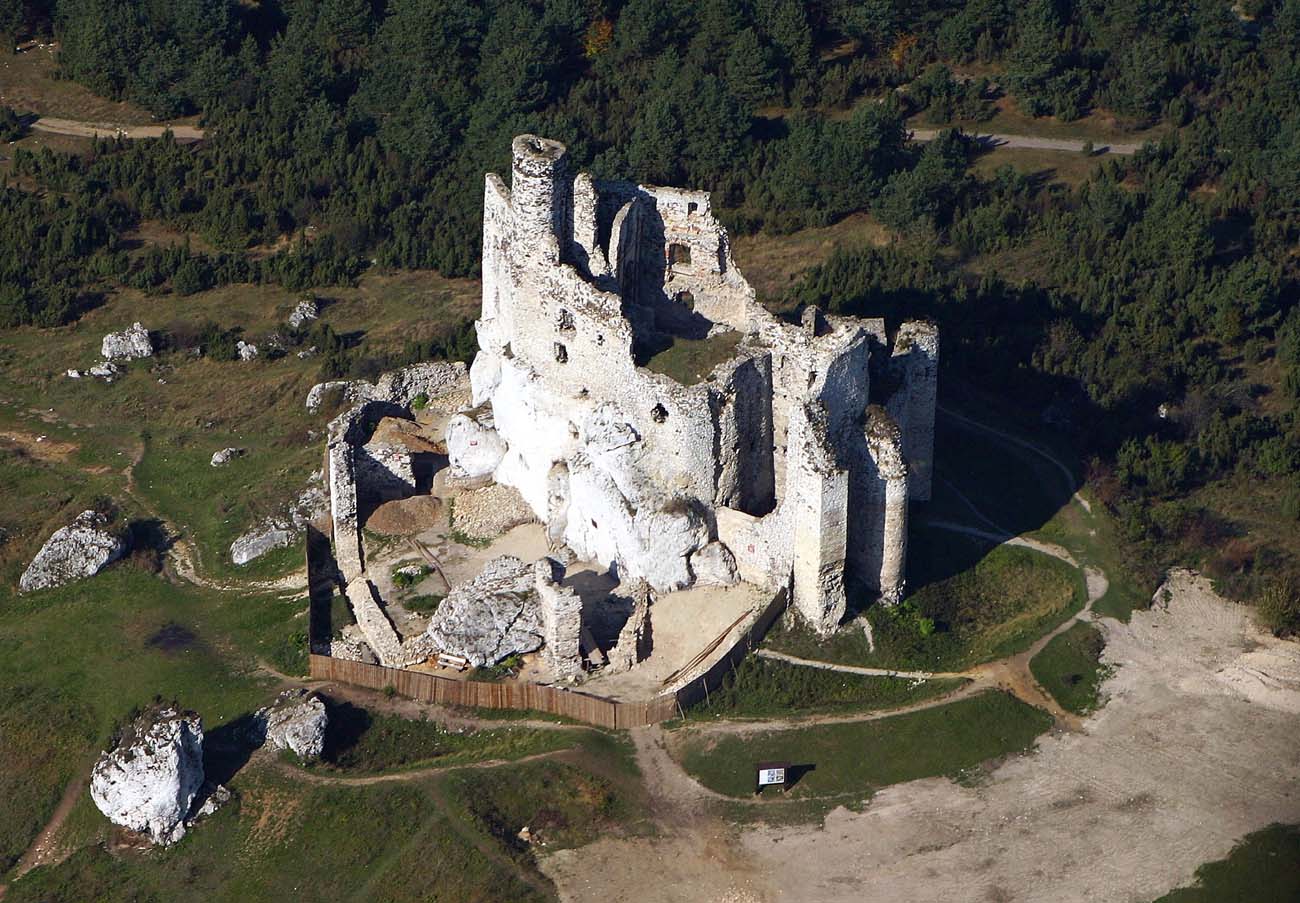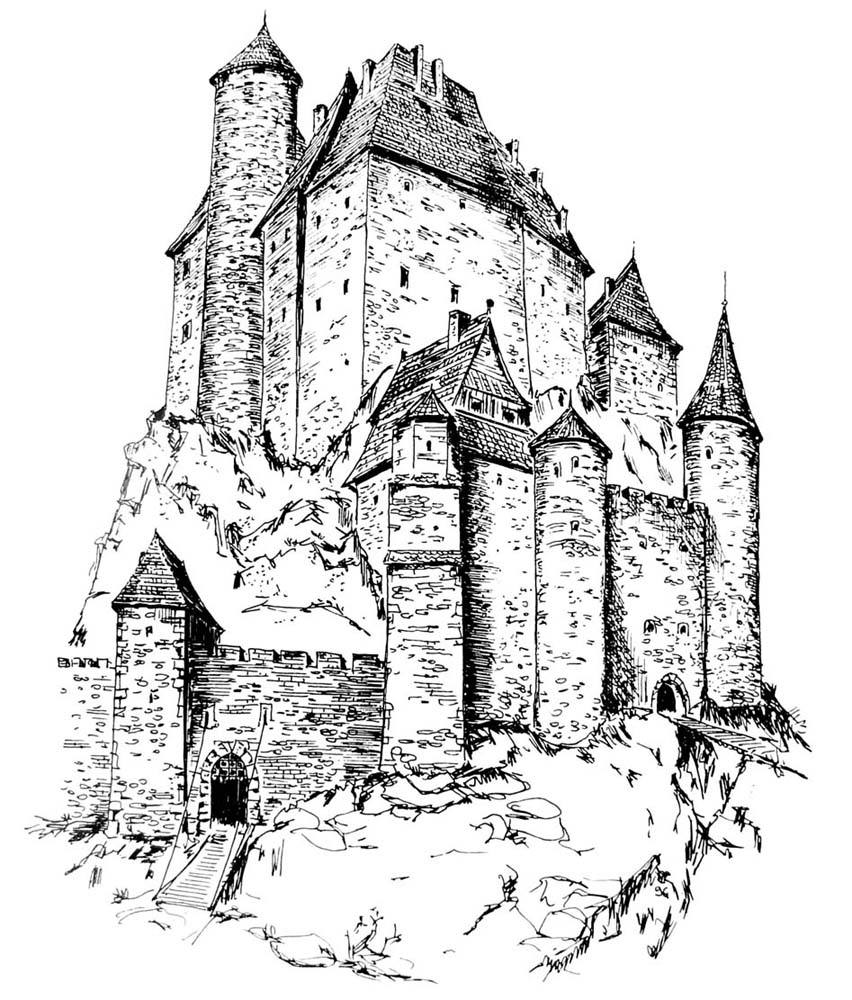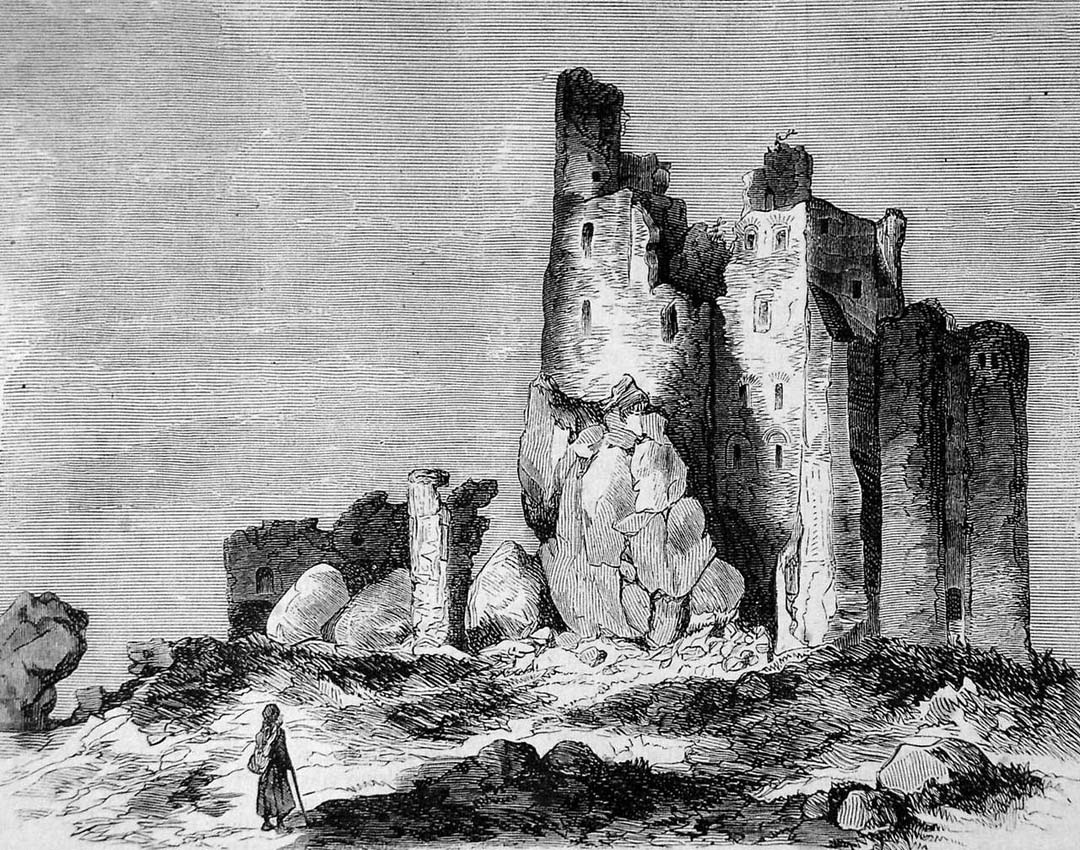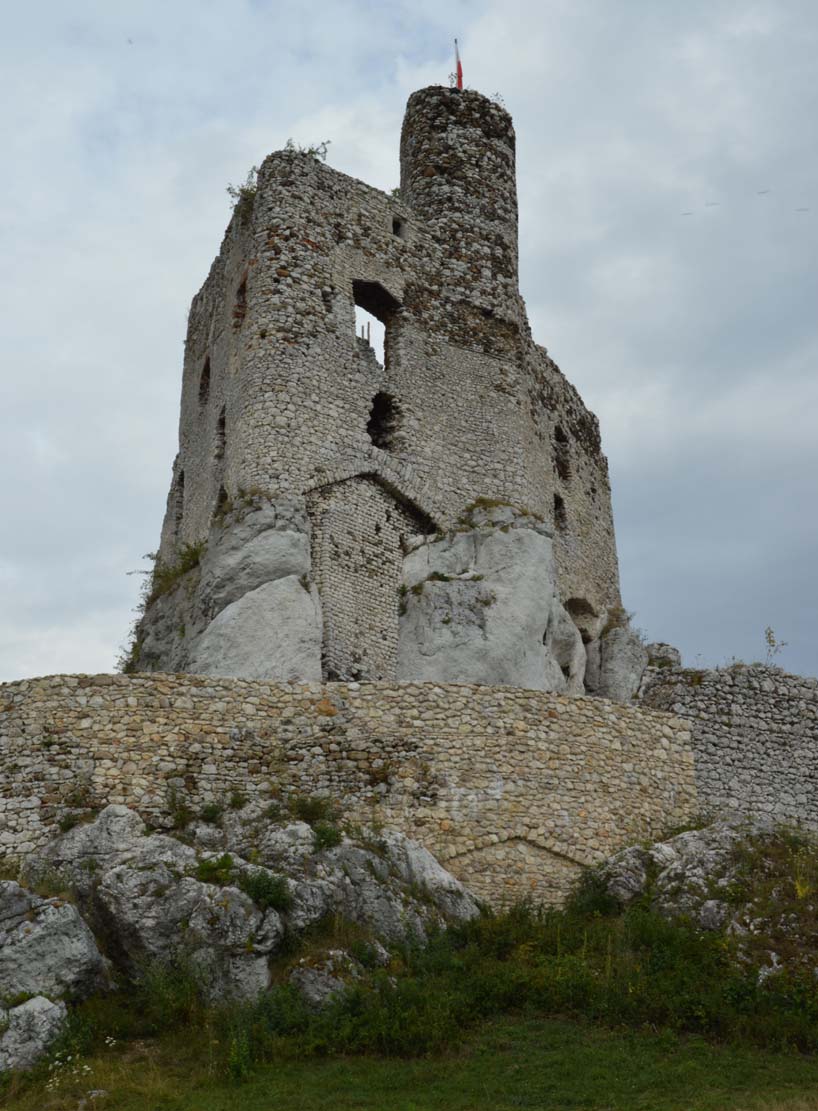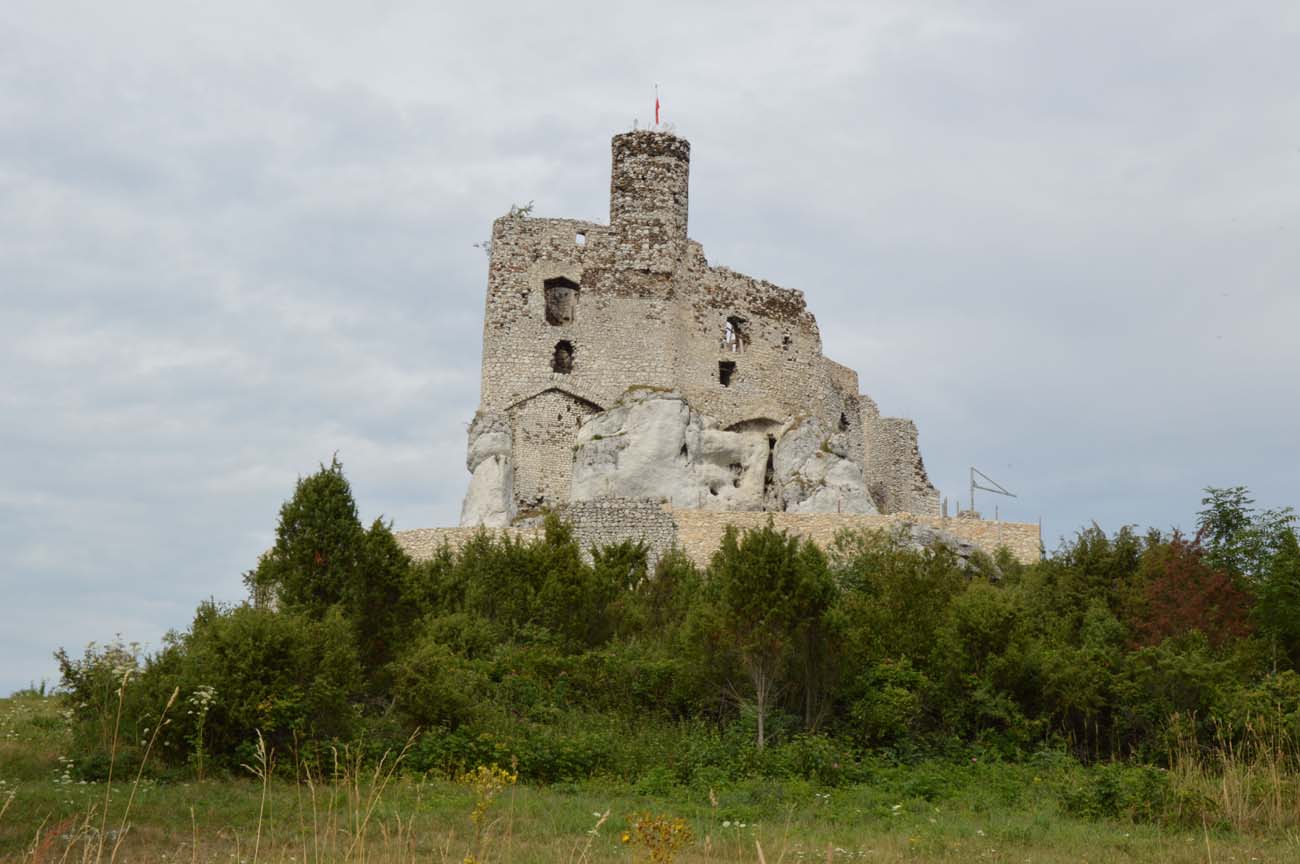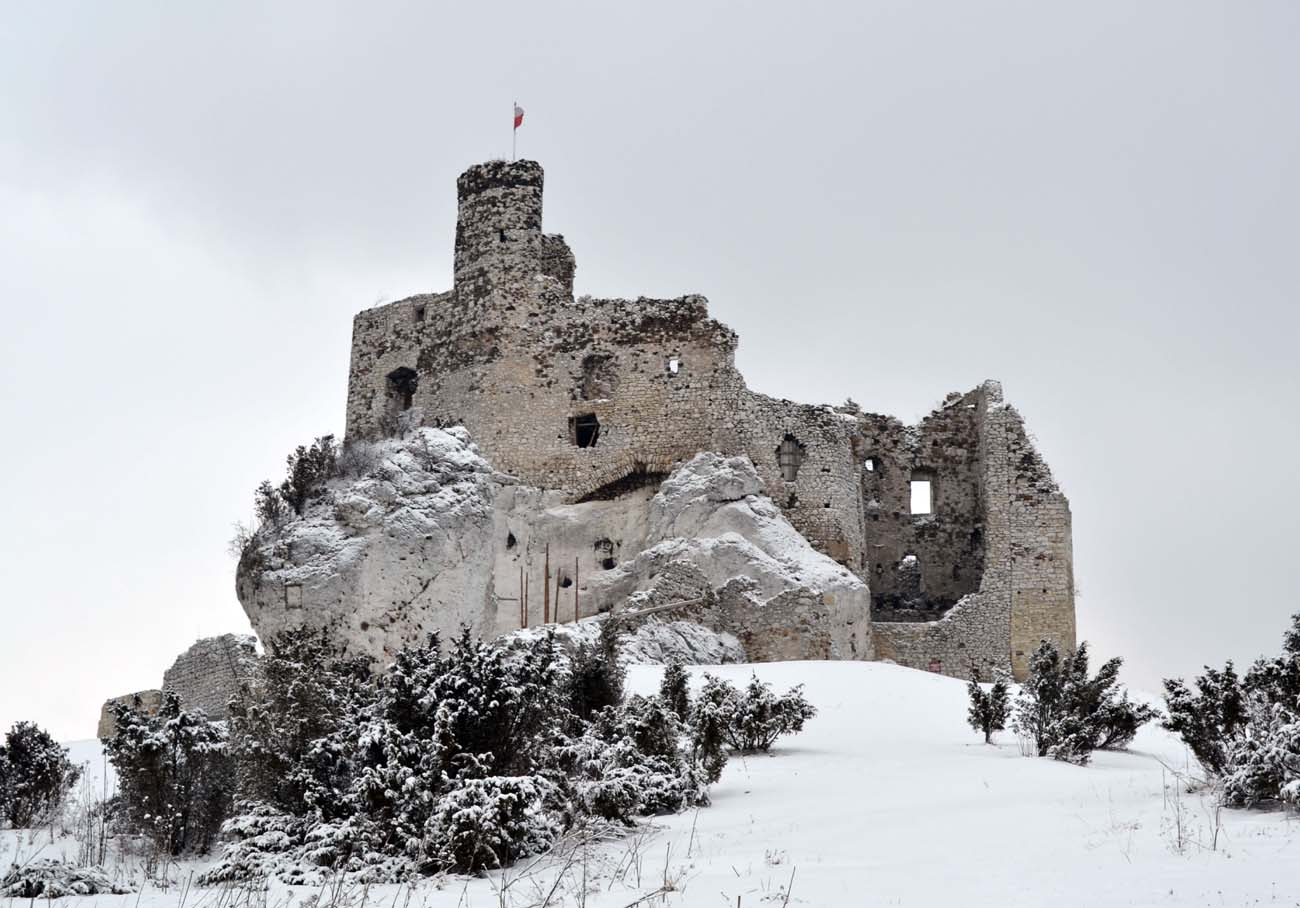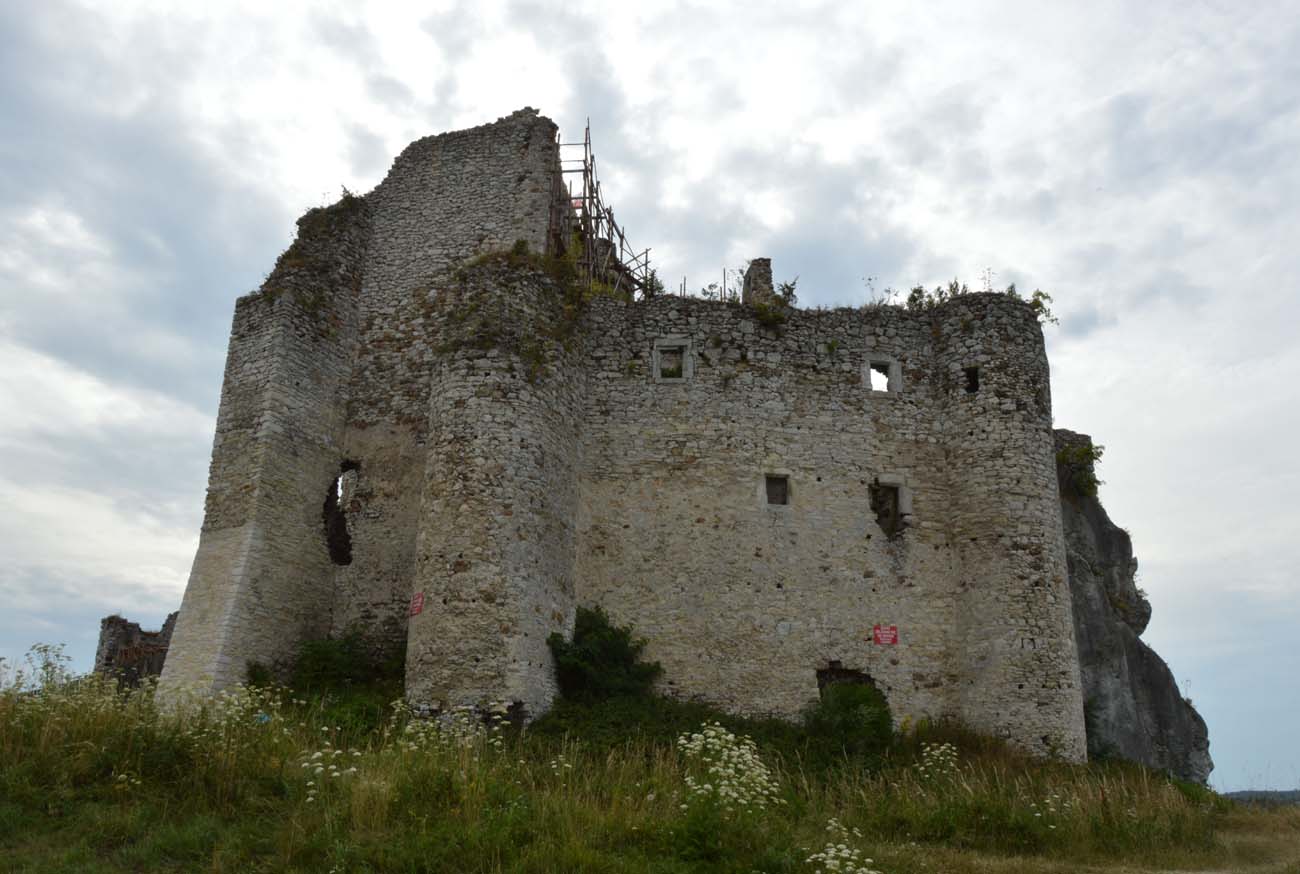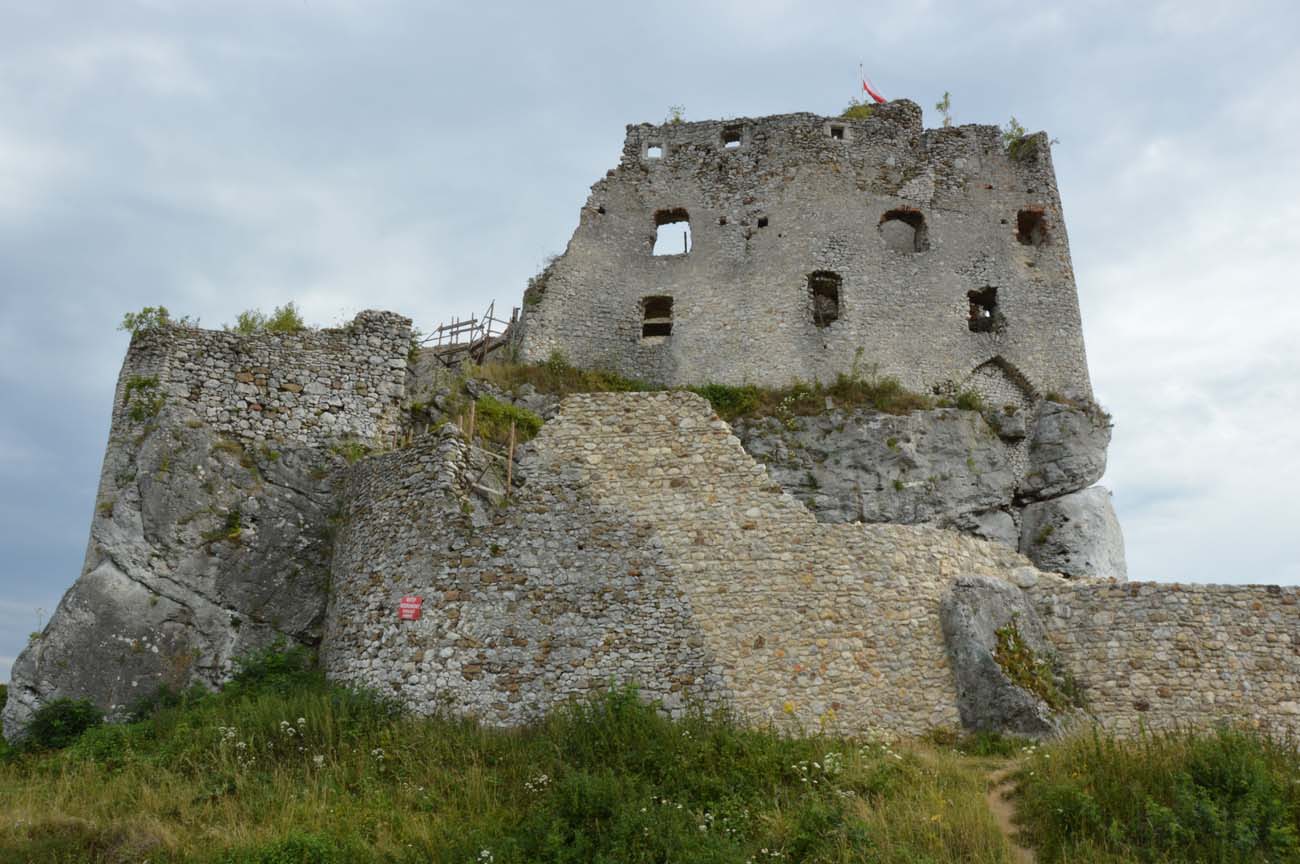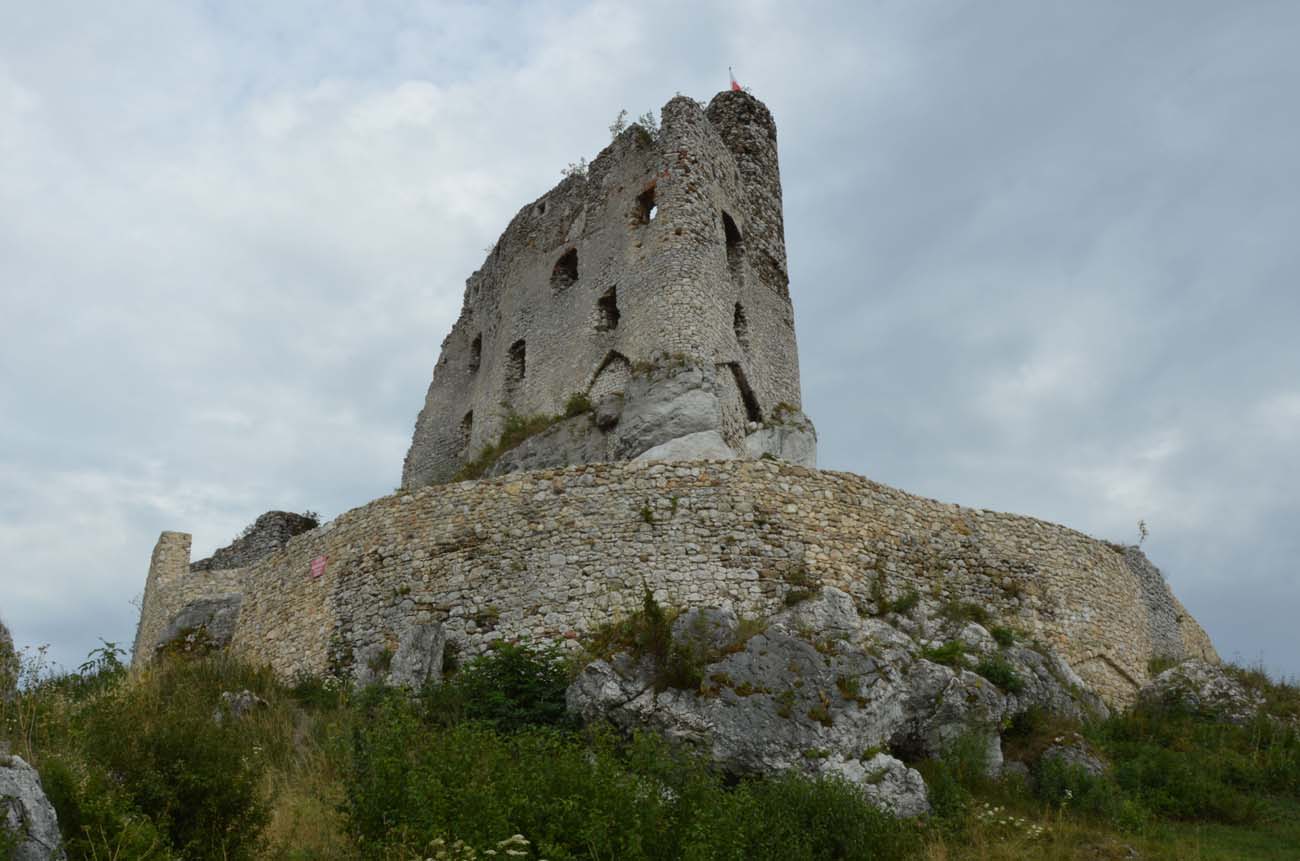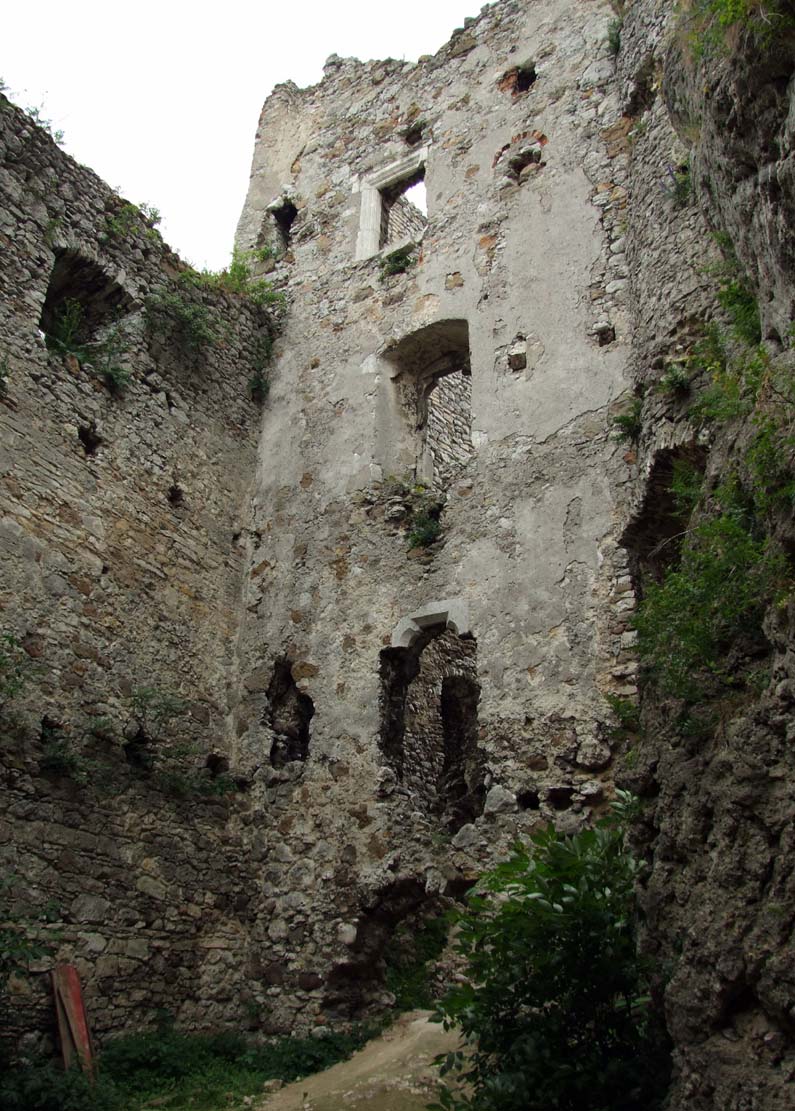History
According to most researchers, the castle was built in the middle of the 14th century on the initiative of king Casimir the Great and belonged to a system of guards protecting the western borders of Poland. In the 60s of the 14th century, the castle could also be owned by the Lis family from Koziegłowy, who may have been working on the development of Mirów. It is possible, however, that it was erected on the orders of prince Władysław Opolczyk, who lost the surrounding goods in 1396. Because of the policy hostile to the Kingdom of Poland, his lands were invaded and taken by the army of Władysław Jagiełło. The castle was then handed over to the management of Krystyn from Koziegłowy. The first reliable source information certifies the existence of the fortress in 1405 and mentions the burgrave Sasin. Mirów’s heirs were next Koziegłowscy family until the end of the 15th century. In 1422, the castle was bought by Piotr from Bnin, who added a three-story tower to the existing single-storey building. In 1489, the stronghold was taken over by Myszkowscy family, and in the 17th century by the Męciński family. In the middle of this century it was destroyed by the Swedes and finally abandoned in the 18th century. When in 1683 the Polish army of Jan III Sobieski was marching to Vienna battlefield, the castle was already in ruin and could not receive guests. In 1937, the south-west wall of the rectangular tower collapsed.
Architecture
The castle was erected from unworked limestone on a small hill. It consisted of two parts. The upper castle was located on the top of the rock on a trapezoid-like plan. In the south-west part there was a tower, embedded in the third floor of the castle facade. Its lower part had a half-ellipse projection, while the upper ellipse one.
At the foot of the rock stretched the lower castle, surrounded by a perimeter wall. The entrance to the courtyard led from the south-east side through the quadrilateral gatehouse, preceded by a drawbridge, over the moat. From it, the road surrounded the rock, reaching the north – eastern part of the perimeter, where there was a quadrilateral tower. Next it, from the external face of the perimeter wall, extended two semicircular towers. From the east to the massive rock of the upper castle, a powerful, five-storey tower house on a square plan with a staircase in the north-east corner was added. Its individual floors were separated by flat, wooden ceilings. From the eastern side, the tower house was connected with a defensive wall.
Current state
Currently, the castle in Mirów is one of the most famous and picturesque castles on the so-called the Eagles Nests Trail of the Kraków-Częstochowa Upland. It has survived in the form of a legible ruin, but unfortunately it is currently not open to visitors due to the threat to tourists and security works that are carried out on it. The owner is a private investor, owner of a nearby castle in Bobolice, hence the fear that Mirów would not share the “amusement park” fate of the neighbor.
bibliography:
Kmiotek D., Zamek Bobolice i zamek Mirów, Dąbrowa Górnicza 2008.
Kołodziejski S., Średniowieczne rezydencje obronne możnowładztwa na terenie województwa krakowskiego, Warszawa 1994.
Leksykon zamków w Polsce, red. L.Kajzer, Warszawa 2003.
